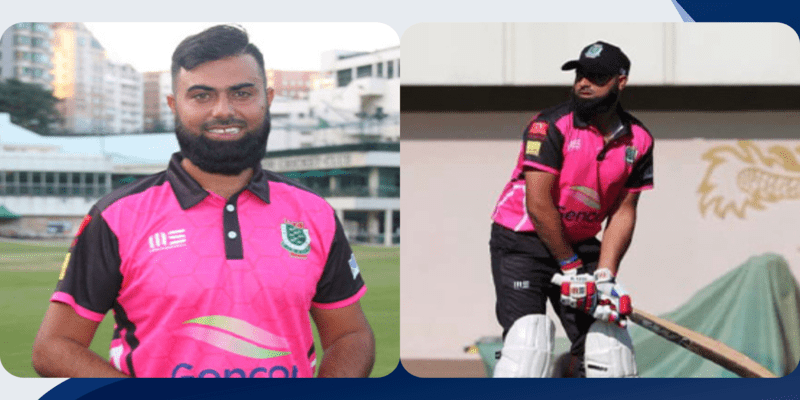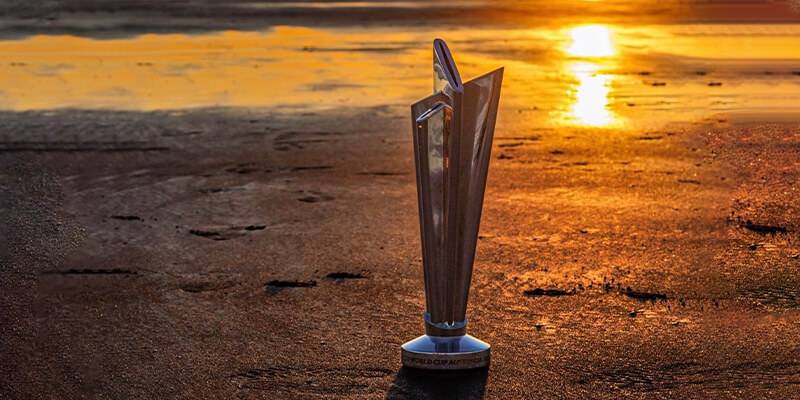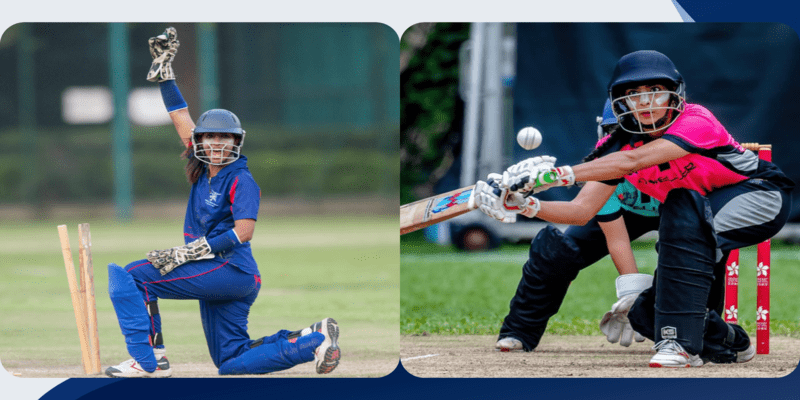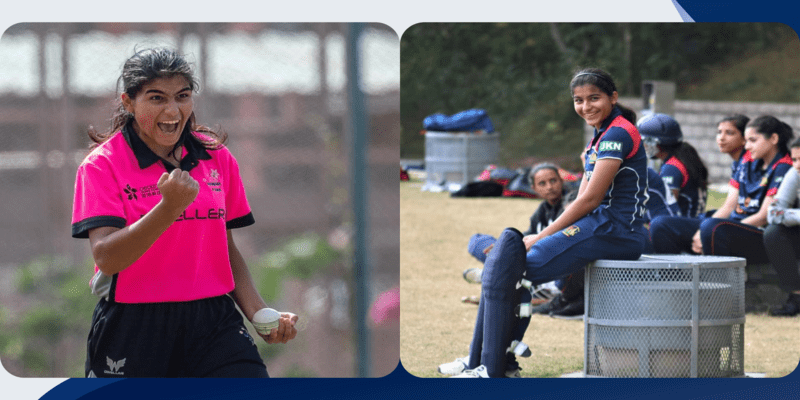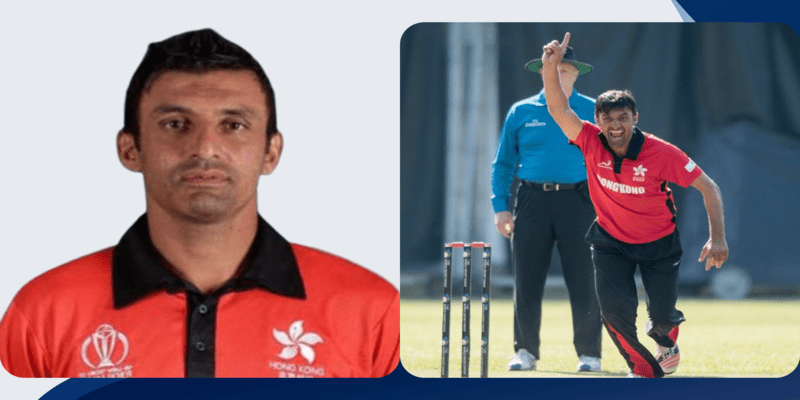Hong Kong and its stint with cricket

Cricket in Hong Kong has been played for almost 180 years now. While it may not be the most popular sport amongst the locals, it surely has a strong presence at the international stage. For instance, the national cricket team has been active since 1866 and the International Cricket Council (ICC) granted the status of ‘associate member’ to the Hong Kong Cricket Association (HKCA) in 1969.
Over the years, Hong Kong’s presence on the cricketing field has only intensified. Remember the Hong Kong Cricket Sixes? Yes, the same competition where six players from a team competed in a six-over match. The event, sanctioned by the ICC, has witnessed 19 editions so far from 1992 to 2017. If not that, one can surely not forget the historic moment when the Hong Kong cricket team qualified for the 2014 ICC World Twenty20 and went on to beat Bangladesh. While there are many narratives that boast about the rapid development of cricket in Hong Kong in the current era, in this first segment of the two-part feature, we’ll unravel the mysteries from the past that helped the sport find its footing.
The Early Years (1841 to 1982)
The earliest record of cricket being played in Hong Kong dates back to 1841 when the British first colonised the islands following the Opium Wars. In 1846, the swamps at Wiang La Ching (now known as Wong Nai Chung in Happy Valley) were drained to create a suitable environment for sporting activities, including cricket, for the Services stationed on the islands. Gradually, the civilian population in Hong Kong grew as the port city began to thrive. With it, came a demand for more recreational facilities and a ground situated in the heart of Central was allocated to the newly formed Hong Kong Cricket Club (HKCC) in January 1851. The then Hong Kong Cricket Club ground at Charter Road, in the area now known as Charter Gardens, was relocated in 1975 to its current location at Wong Chung Nai Gap Road.
In 1866, the first-ever all-Hong Kong team was assembled to take part against an all-Shanghai team in an ‘Interport’ match, played at the Charter Road ground. Hong Kong won the match by an innings and 264 runs, and a new tradition was born. Over the next 82 years, another 37 Interport matches were played between Hong Kong and Shanghai. 17 matches were played in Hong Kong at the old HKCC ground and 20 were held in Shanghai at the Shanghai Cricket Club (SCC). Out of these 38 fixtures, the Hong Kong team won 20, lost 16 and drew two games.
In 1892, tragedy struck as the ship carrying the Hong Kong team back from Shanghai sunk in a typhoon. It is estimated that 150 of the 173 people on board SS Bokhara perished, including 11 of the 13 cricketers. Interport cricket between the two teams was on hold for five years and when the series resumed, the two teams competed for the Bokhara Bell Memorial Trophy as a tribute to the departed souls. The bilateral series between the two was brought to a close again in 1949 as the Shanghai Cricket Club closed its doors after the Communist Party of China (CPC) won the Chinese Civil War.
In 1994, the club was re-established by a group of expatriates and the Bokhara Bell Memorial Trophy was revived. This is now an annual fixture, with the two clubs – SCC and HKCC – taking turns to host the game. From 1890 to 1987, Hong Kong also played Interport cricket against various teams from the Straits. Initially, it began with fixtures against a team comprising of the best players from the Federation of Malaya, now known as Malaysia after gaining independence in 1963. By 1968, Singapore had gained its own independence from Malaysia. This led to more matches being played as the three regions competed against each other in the form of a tri-series. During these years, a total of 39 matches were played between Hong Kong and the teams from the Straits. Hong Kong won 14, drew 14 and lost 11.
For most of the time, Interport cricket represented the highest level of cricket played in the region. The best players made it a point to make themselves available for these fixtures and the games drew considerable attention from the colonies involved. With international cricket flourishing and the standards of the teams from Malaysia and Singapore declining, this tradition started to fade away in the 1970s and 80s. There was a revival in Interport fixtures in the 1990s with the Tunaku Ja’afar Cup. Earlier this year, Hong Kong toured Malaysia for a five-match T20I series dubbed as the return of Interport cricket. More of which will be covered in the second part.
Domestic Cricket
With Interport cricket being established in the early years, an organised domestic competition took time to develop in Hong Kong. From 1851 to the early 1900s, domestic cricket in Hong Kong primarily revolved around the friendly matches between members of HKCC and inter-unit games amongst the Services stationed on the islands. It wasn’t until October 24, 1903, that the first formal league competition kicked-off with eight teams competing – HKCC ‘A’, Craigengower Cricket Club, Hong Kong Parsee Cricket Club, Royal Engineers, Royal Army Medical Corps, Army Ordnance Corps, Civil Servants Cricket Club (renamed Centaurs in 1957) and HMS Tamar.
The South China Morning Post, established in the same year, generously provided a Shield to commemorate the moment. The Army Ordnance Corps emerged as the first-ever league champions. The SCMP Shield continued to be awarded to the league champions every season until 1941 – what happened after that and its current whereabouts, are unknown as far as this writer can tell! Despite being met with some criticism and backlash, the 1903-04 league proved to be successful enough for a return in the following year. This time, a newly-established Kowloon Cricket Club (with its ground at Cox road) was included as another venue and the participating teams went up to 10.
The league continued to evolve over the years with teams from Club de Recreio, Chinese Recreation Club and the Hong Kong University Cricket Club being a part of the contest. When WWI struck, the league was suspended and it only resumed in 1917-18. While the format remained the same, another team added to the roster was the Indian Recreation Club. By 1921-22, interest in cricket within Hong Kong was so high that a Second Division was introduced but the player base was still heavily reliant on service personnel and various expatriates. This was evident when the worsening political climate in Europe in the late 1930s impacted league cricket so badly that the season was shortened to just three months and by 1940-41 the league had only six teams remaining. Understandably, the tournament was suspended for the duration of WWII.
After the war, it took considerable efforts from the community to restore the grounds that had been damaged or abandoned during the Japanese occupation. The first post-war game on record was on September 10, 1945, which was played at the HKCC ground. Slowly, other grounds also came back to life and by the end of 1947, KCC, Sookunpo, King’s Park and HKCC at Charter Road, had all hosted friendly matches. The two-division League resumed in the 1948-49 season, with games being played mostly on Saturday afternoons and friendly fixtures on Sundays. A lot of cricket was played on the Army-owned grounds, many of which have been lost since the handover in 1997.
Throughout the 1950s and 60s, league cricket was in good health. For the first time, Chinese cricketers began to make their presence felt. ‘Benny’ Kwong Wah, went on from being a groundsman at HKCC to representing Hong Kong at the international stage. Several other major clubs established themselves during this time – Pakistan Association Cricket Club (1960), Little Sai Wan (1964) and St. George’s Cricket Club (1962). The Barton Cup – a tournament played between teams from Swire, Jardines, Dodwells and HSBC – was first contested on Hong Kong soil in 1952 at the Charter Road ground. The tournament is still played till this day with three teams competing for the title as Dodwells withdrew in the 1980s.
With the popularity of cricket at an all-time high, a variety of other short-lived tournaments were also introduced, including, but not limited to, an International Series, a Knock-out Shield, and even a Single Wicket Competition. The Craigengower Cricket Club held the first ‘Sixes’ tournament in Hong Kong in 1961, and in 1966 the Marylebone Cricket Club (MCC) sent a team over to Hong Kong for the first time – 100 years after the first-ever Interport match. In 1967-68, a ‘Super League’ was introduced for the best players from Hong Kong. Four teams competed in the tournament which was played on Sundays. The thought behind the inception of this new league was to give the players a more competitive platform and prepare them for international duties. The HKCA went on to formally replace the Hong Kong Cricket League as the national governing body for the sport.
By the 1970s, the ‘Super League’ was scrapped and it was decided that the First Division would switch to Sundays and play a longer format while the Second Division will play on Saturday afternoons. This structure carries on till day in the form of Saturday Championship and Sunday Elite leagues. The Rothman’s Cup – A knockout competition for First Division/Sunday League teams – was introduced in 1970-71 and was organised until 1994. It also inspired the launch of the Gillette Cup for the Second Division/Saturday League teams in 1979/80. The last season of which was played in 1990/91. In 1976-77, the then president of HKCA, Ted Wilson, launched the first-ever formal Inter-School competition in Hong Kong. Teams from King George V (KGV), Island School, Diocesan Boys’ School and South Island School took part in the event.
Vagabonds CC entered the First Division in the same season and the Kai Tak Cricket Ground – the former home of the Royal Air Force and Kai Tak CC teams – was closed. Thankfully, the very year saw the opening of the Tin Kwong Road Recreation Ground, better known as Mission Road, in Mong Kok. This ground went on to be the first international cricket venue in East Asia and China in 2015. Since then, it has hosted several international matches.
The ICC held the first-ever ICC Trophy in 1979, as a qualification pathway to the 1979 World Cup. Hong Kong was invited for the same but wasn’t able to send a team as the strict eligibility criteria made most of the territory’s best players ineligible. This once again highlighted the over-reliance of Hong Kong cricket on non-local players. However, the HKCA Executive Committee decided that Hong Kong must send a team for the next event, and so in 1982, Hong Kong took part in the ICC Trophy in England. This was Hong Kong’s first-ever ICC event; 141 years after being introduced to the game.
In that squad, there was a 19-year-old KGV schoolboy, Dermot Reeve. Ten years later, he went on to play a World Cup final for England. He was Hong Kong’s second-highest run-scorer and wicket-taker with 138 runs at an average of 34.50 and seven wickets to his credit. Hong Kong finished at the fifth place out of the eight teams in Group A. The team managed wins against Israel and Gibraltar but lost to Papua New Guinea, Kenya and Zimbabwe, who eventually qualified for the World Cup. Matches against USA and Canada were washed out.
In the second part, we will explore the Modern Years of Hong Kong Cricket – the team’s performances at ICC and ACC events, the obstacles faced with growing the game in the region, and what lies ahead.
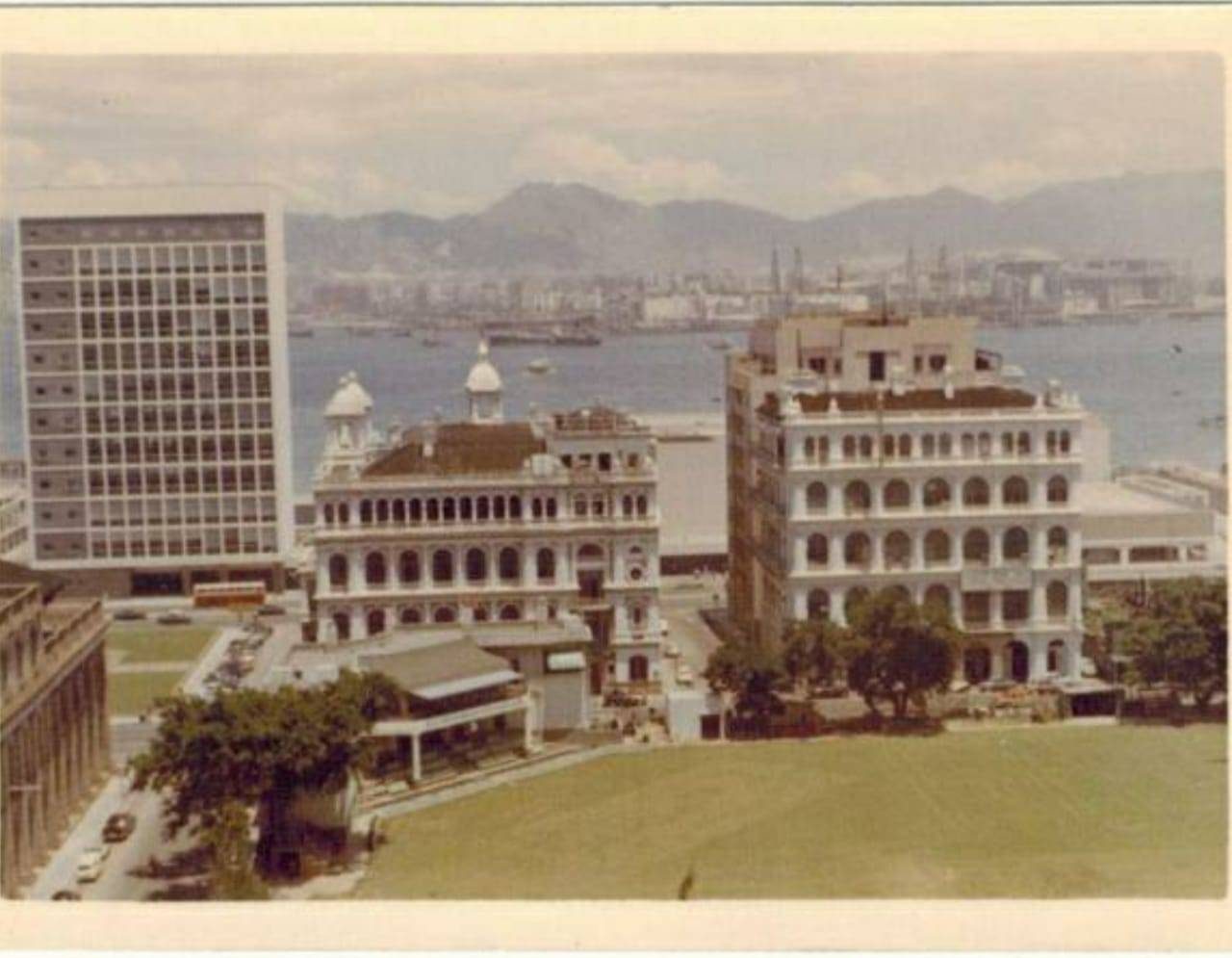
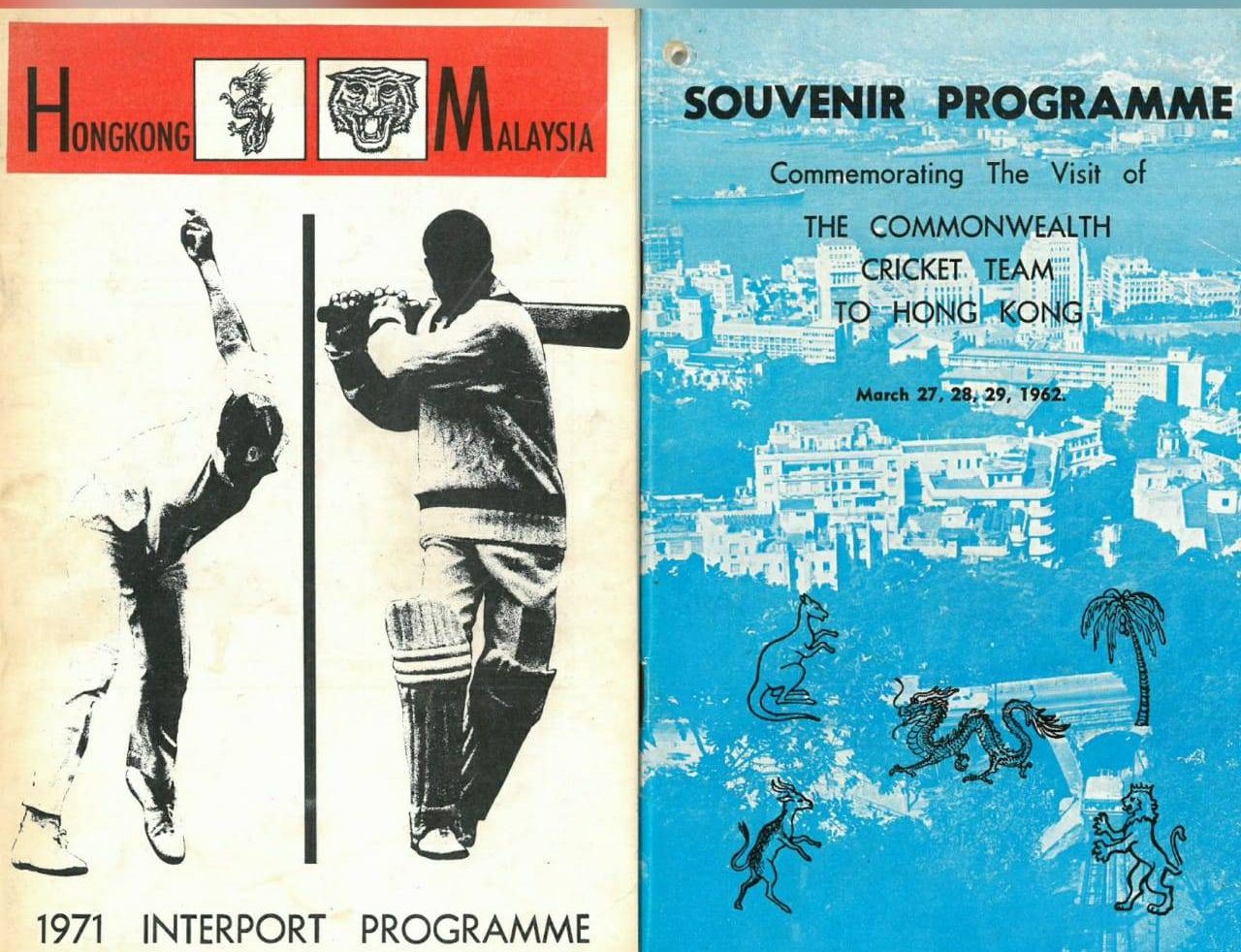
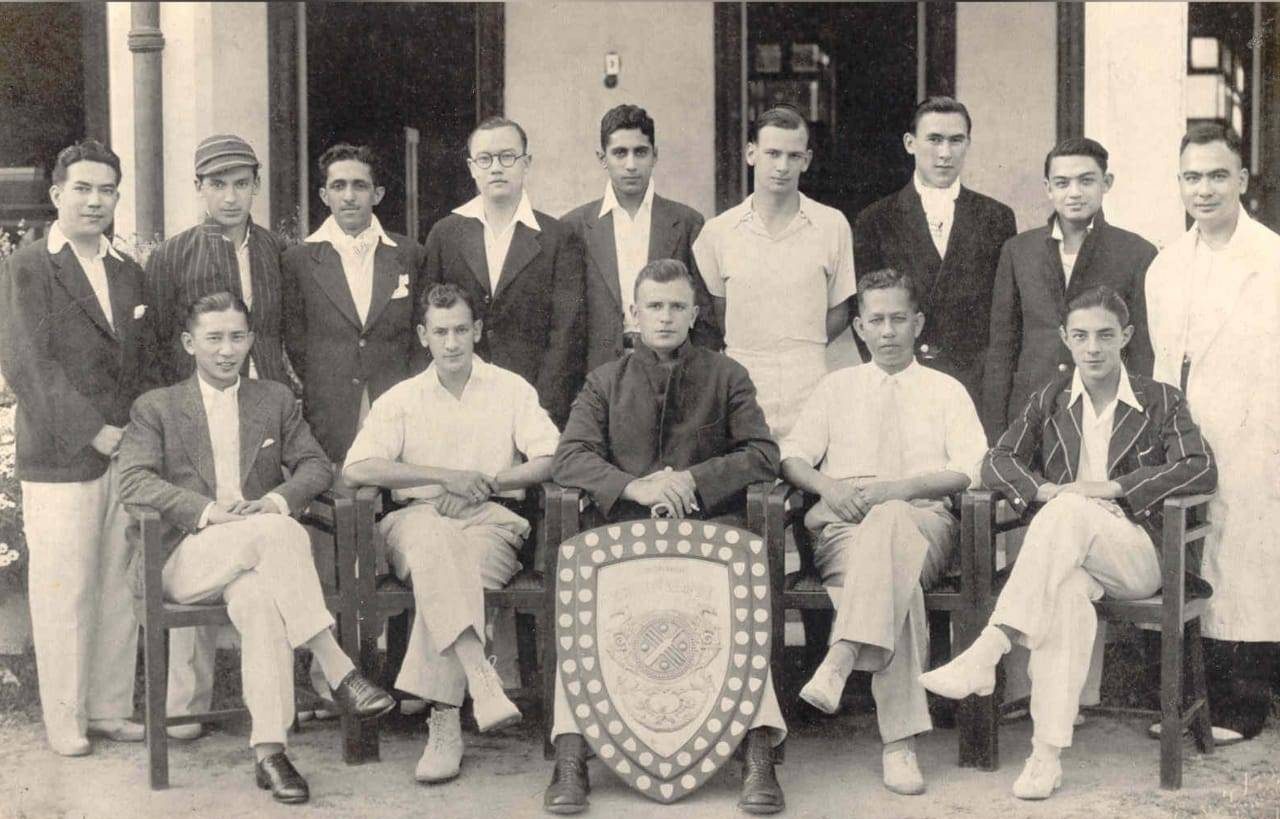
Article by: Nitesh Hemlani


